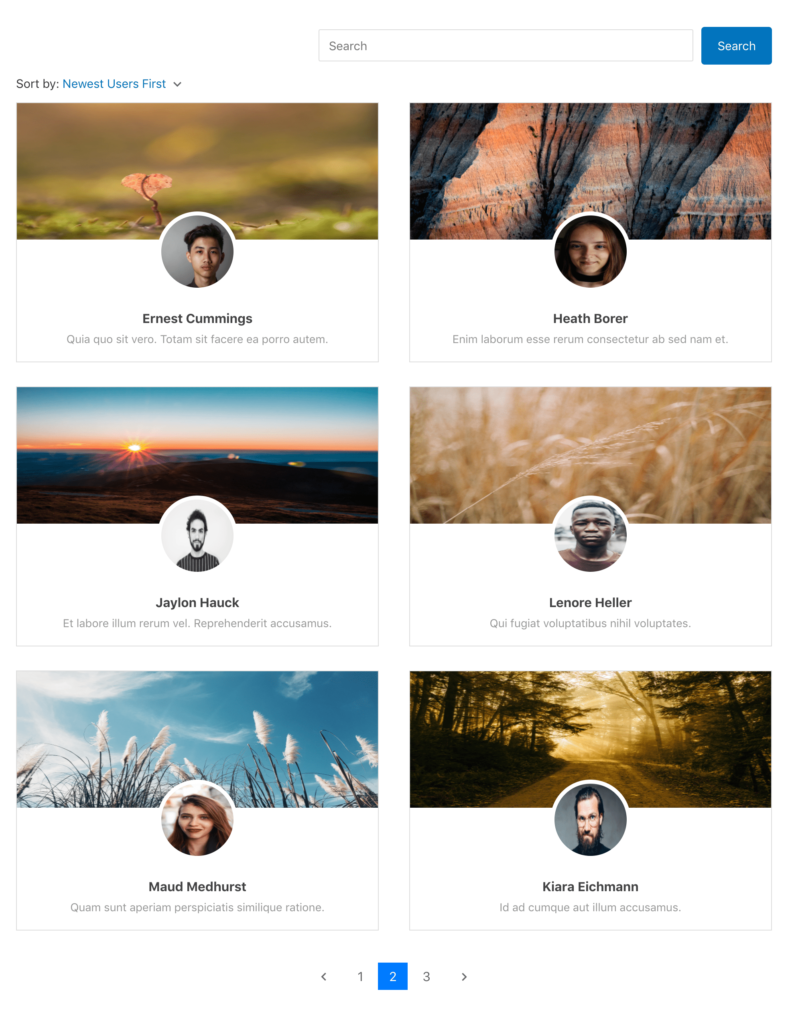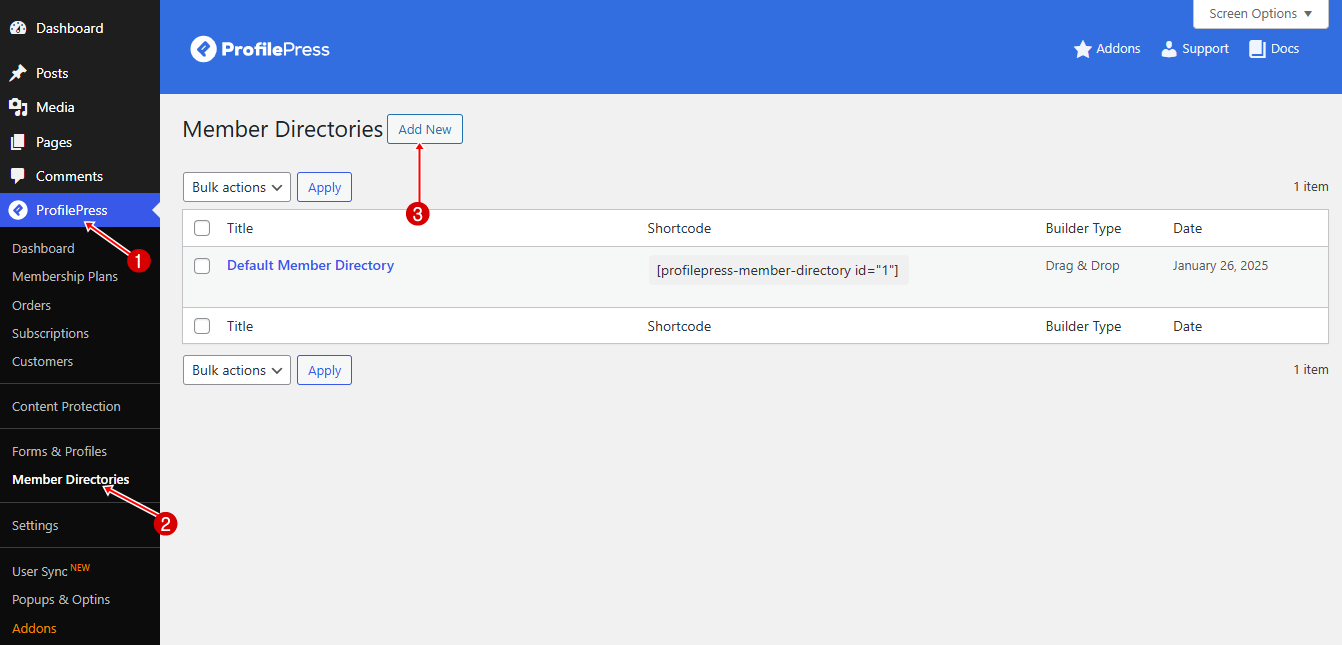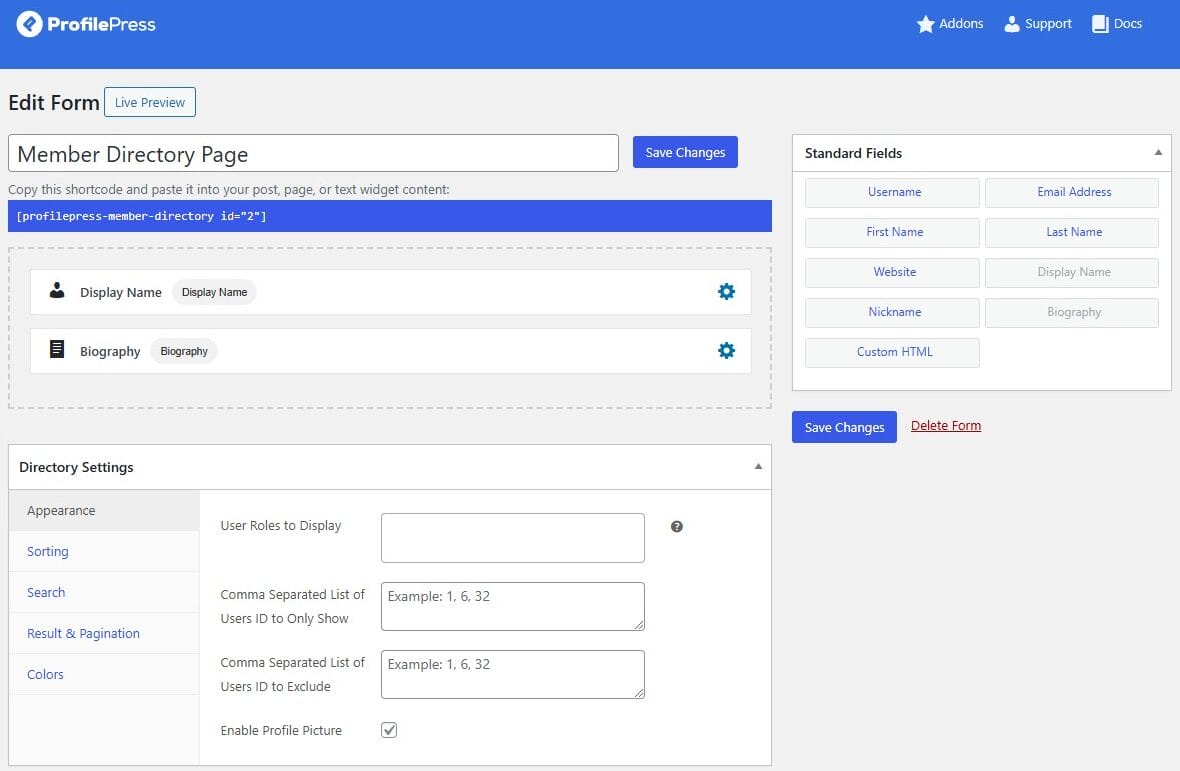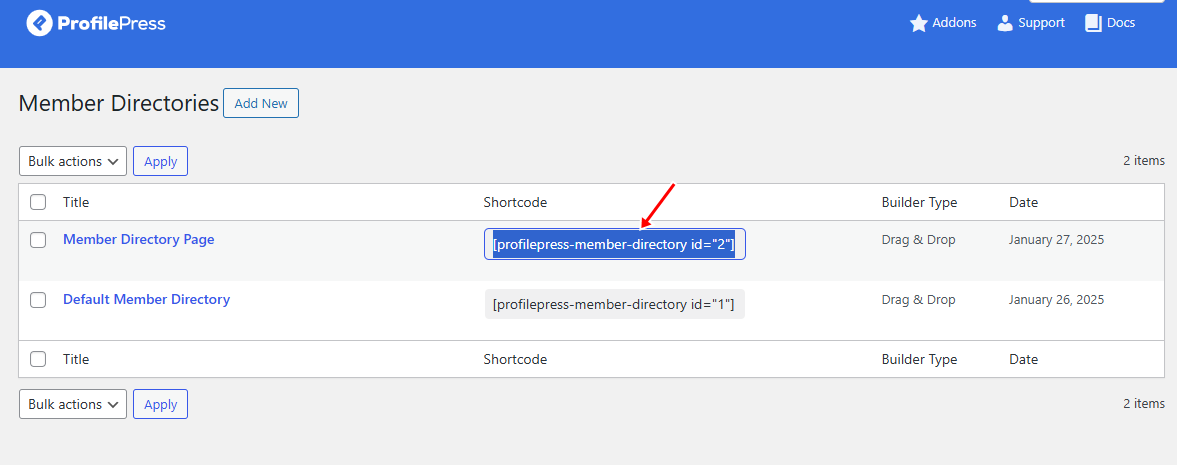How to Create a WordPress User Directory Page
Do you want to create a WordPress user directory page for your website?
A user directory page is valuable for websites with many registered users or members. It allows visitors to search and browse through the list of users, acting as a central hub for discovering and connecting with others. This enhances community engagement and fosters a more interactive website experience.
In this article, we will guide you through creating a WordPress user directory page using ProfilePress.
Why Create a User Directory on Your Website?
Creating a user directory for your WordPress website serves as a centralized hub for organizing members, making it easy for users to connect and interact with each other.
A user directory fosters engagement by allowing users to explore profiles and engage with the community. It promotes communication and networking, turning your website into a dynamic space where meaningful interactions can thrive.
Directories make it easier for members to search on sites with a large user base. Users can easily find specific individuals by name or custom criteria with filters and search tools.
Ultimately, a user directory enhances community building, increases interaction, and improves the overall value of your website. It’s a simple yet powerful addition that benefits both users and administrators.
Creating a WordPress User Directory Page with ProfilePress
ProfilePress has a feature that allows you to easily create a WordPress user directory for your website.

To create the member directory page, navigate to your Dashboard, hover over ProfilePress, and click on Member Directories.

Next, click “Add New” at the top and choose a template for your directory.
Use the drag-and-drop builder to customize the information you want displayed for each member on the WordPress user directory.

In the Directory Settings, you can adjust the appearance, sorting, pagination, and other options to suit your preferences.
Once you’re satisfied, click on Save Changes.
Then go back to “Member Directories” and copy the generated shortcode to embed the directory on your WordPress site.

To create a page to display the WordPress user directory listing, navigate to Pages -> Add New in your WordPress dashboard.
Enter a title, paste the form shortcode you copied into the page content, and publish the page.
NB: If you are using Gutenberg Block Editor, you need to add the Shortcode block and then paste the shortcode in the field
Conclusion
Our ProfilePress member directory plugin allows you to effortlessly create a WordPress user directory that showcases your members and provides easy access to their profiles. This feature promotes a sense of community and facilitates networking and collaboration among your users.
Start building your WordPress user directory today and watch your community thrive.